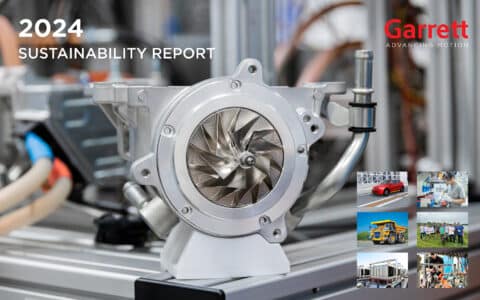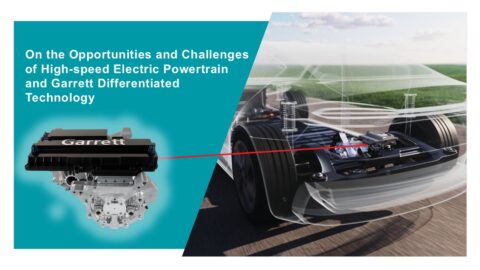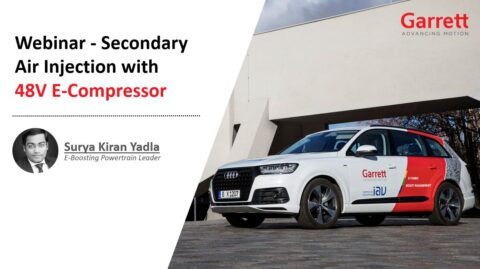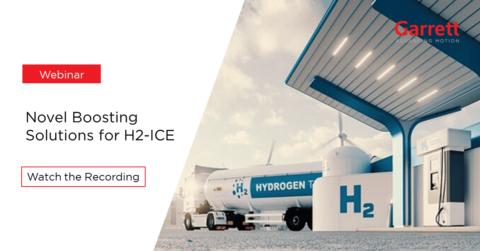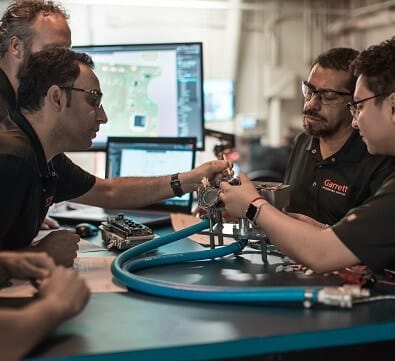Abstract: The integration of an electric motor generator to the shaft of turbochargers is an option Garrett is working on since high speed electrical machines made their appearance in aerospace. It has proved a success in F1 and endurance motorsport, in conjunction with the hybridization of those powertrains, because the E-Turbo strengthens both, the performance and the fuel efficiency of the engine. It introduces at the same time the controllability of the power equilibrium between compressor and turbine, an additional degree of freedom in the energy management.
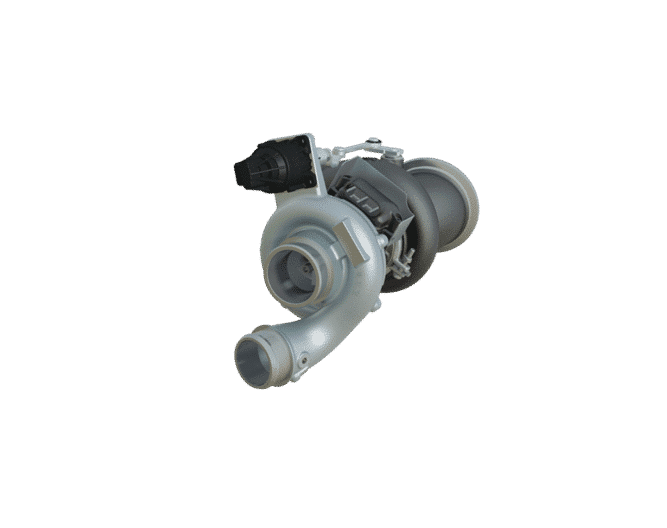 This paper investigates values that are added to Commercial Vehicle powertrains to the advantage of the end customer and of the environment. The E-Turbo performs waste heat recovery from exhaust gas, without separate turbine or piston expander. The same hardware supercharges the engine in transients, narrowing the time-to-torque down to impressive values, enabling the implementation of strong Miller and downsizing strategies. Methods for heating up the ATS faster, and keeping it warm, when there is little enthalpy in the exhaust stream are promoted. EGR routing is efficient and controllable, because negative engine pumping work is overcompensated by additional turbine work that is input directly to the generation of electrical DC power.
This paper investigates values that are added to Commercial Vehicle powertrains to the advantage of the end customer and of the environment. The E-Turbo performs waste heat recovery from exhaust gas, without separate turbine or piston expander. The same hardware supercharges the engine in transients, narrowing the time-to-torque down to impressive values, enabling the implementation of strong Miller and downsizing strategies. Methods for heating up the ATS faster, and keeping it warm, when there is little enthalpy in the exhaust stream are promoted. EGR routing is efficient and controllable, because negative engine pumping work is overcompensated by additional turbine work that is input directly to the generation of electrical DC power.
It is important to know what electric power level is necessary in the CV E-Turbo. Strong electric currents are a limiting factor in terms of local cooling power and component costs. The added values are therefore identified and characterised in terms of required power.
Key Words: E-Turbo; commercial vehicle; CO2; thermal management; downsizing.








